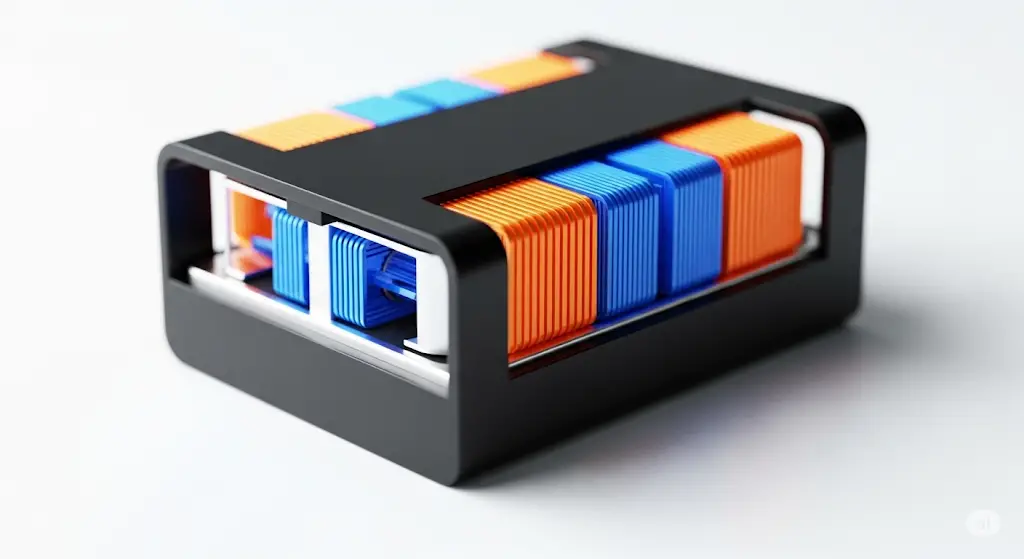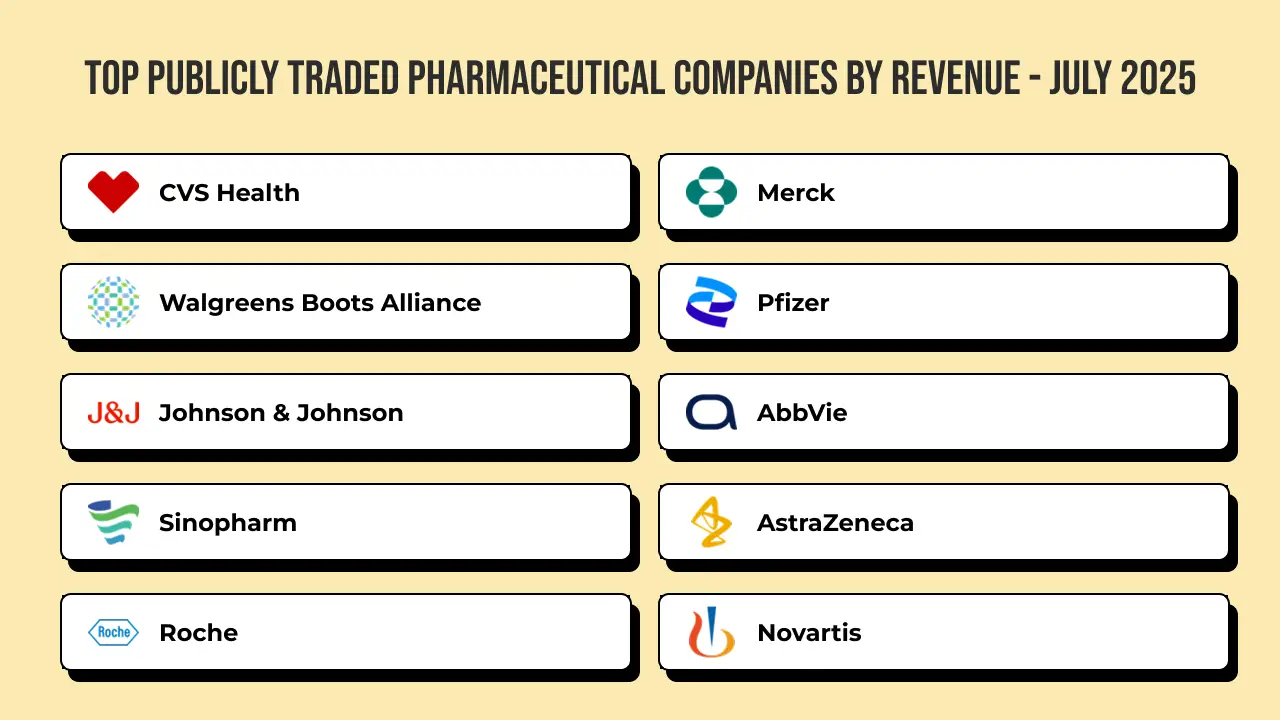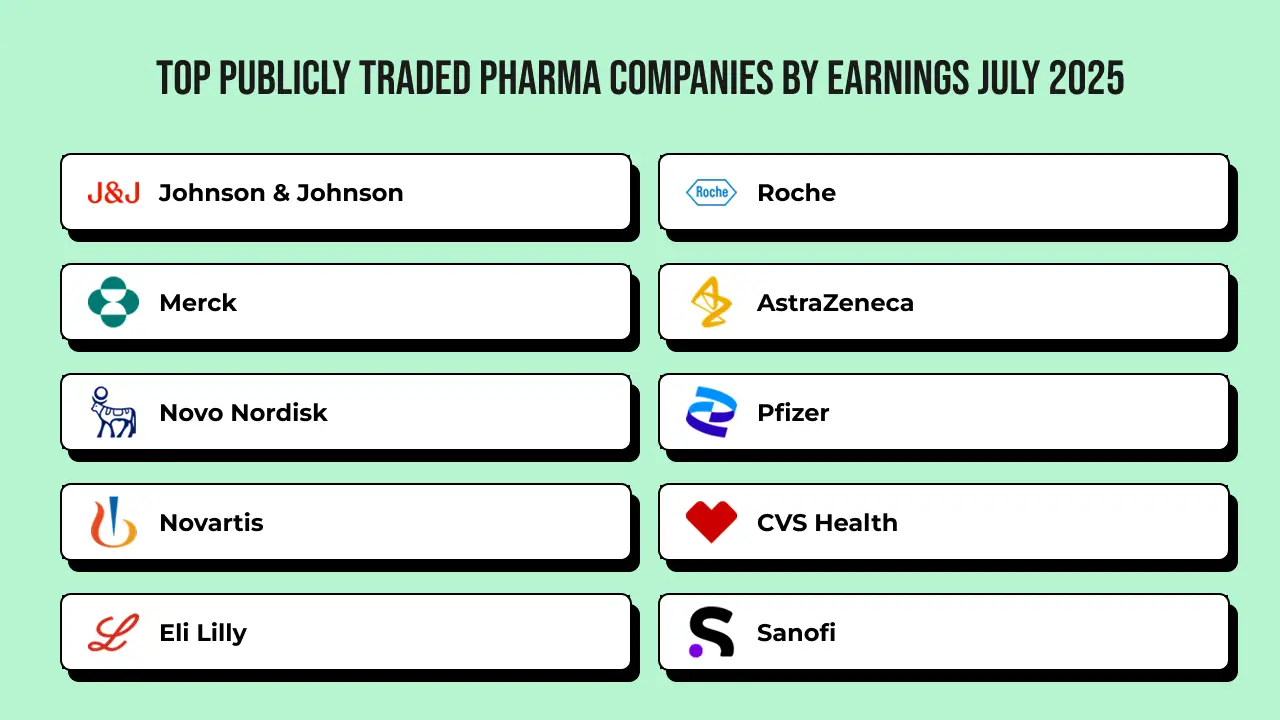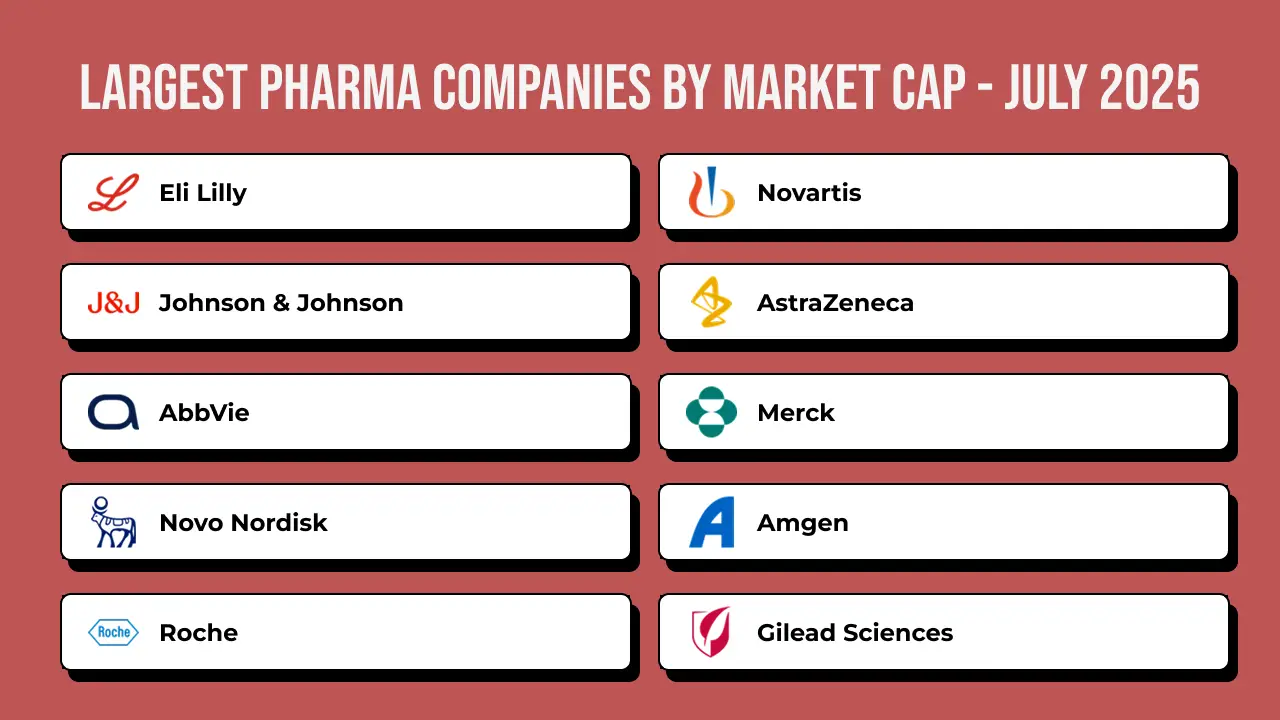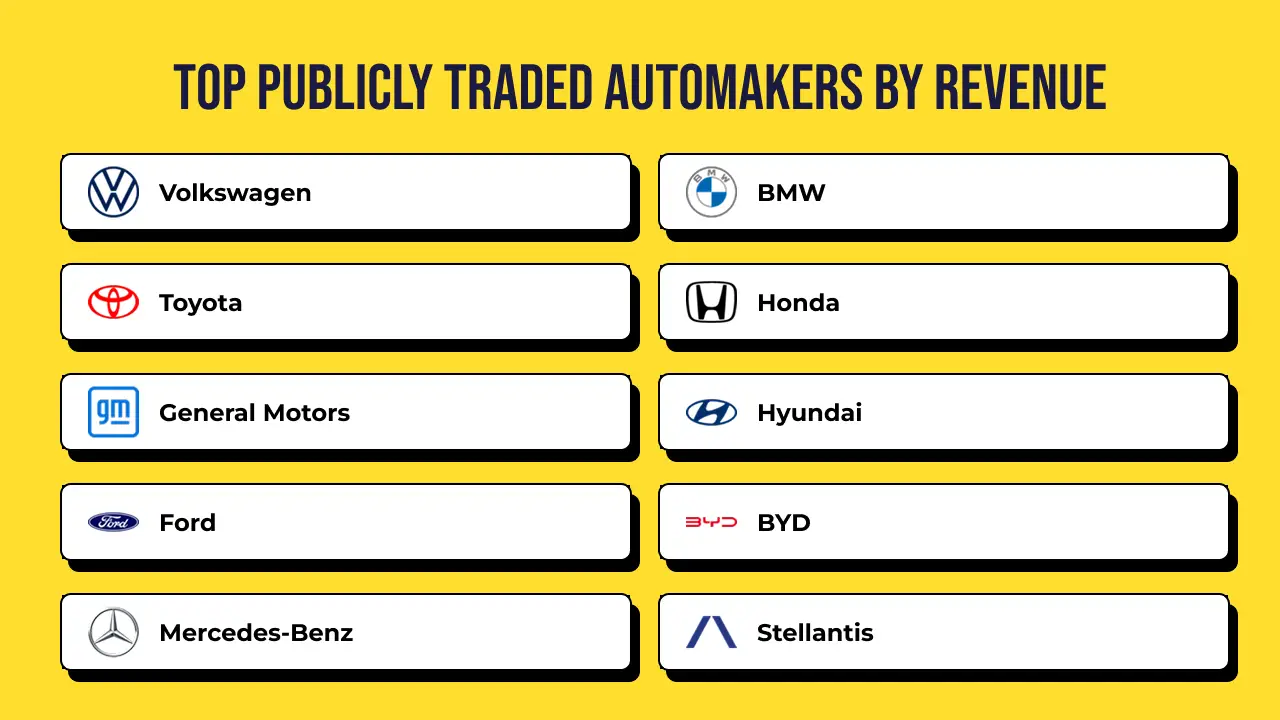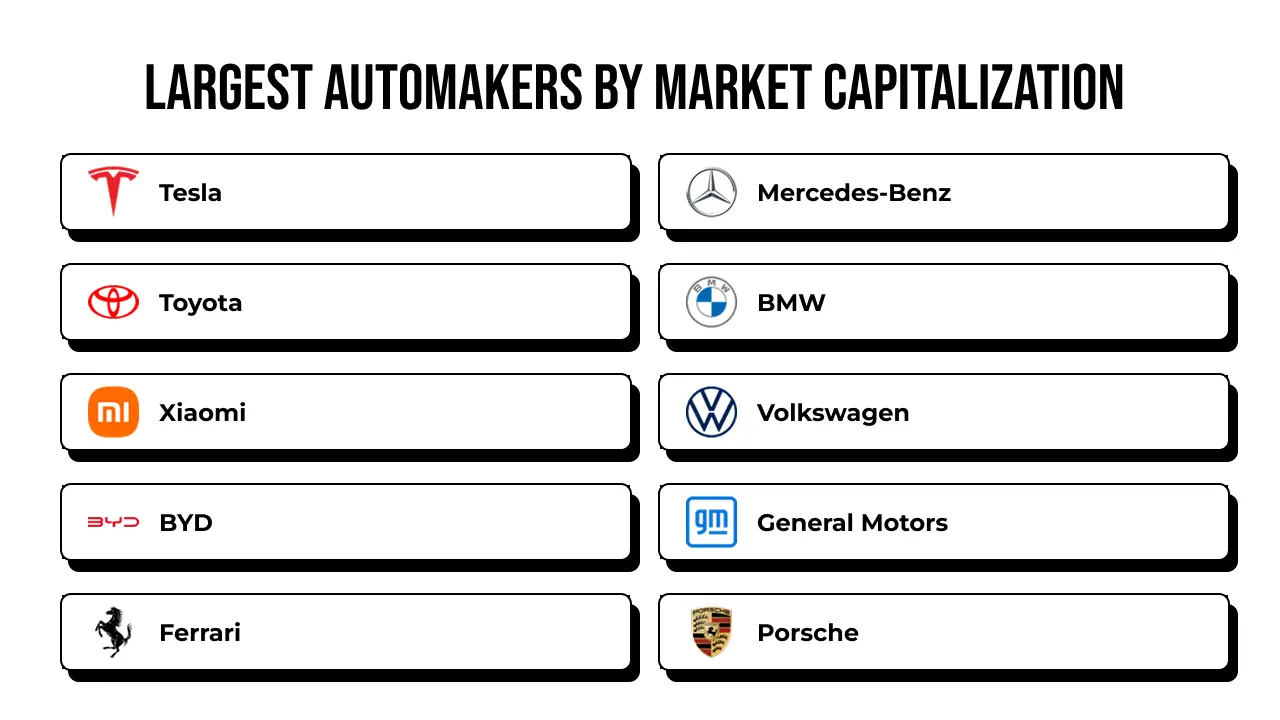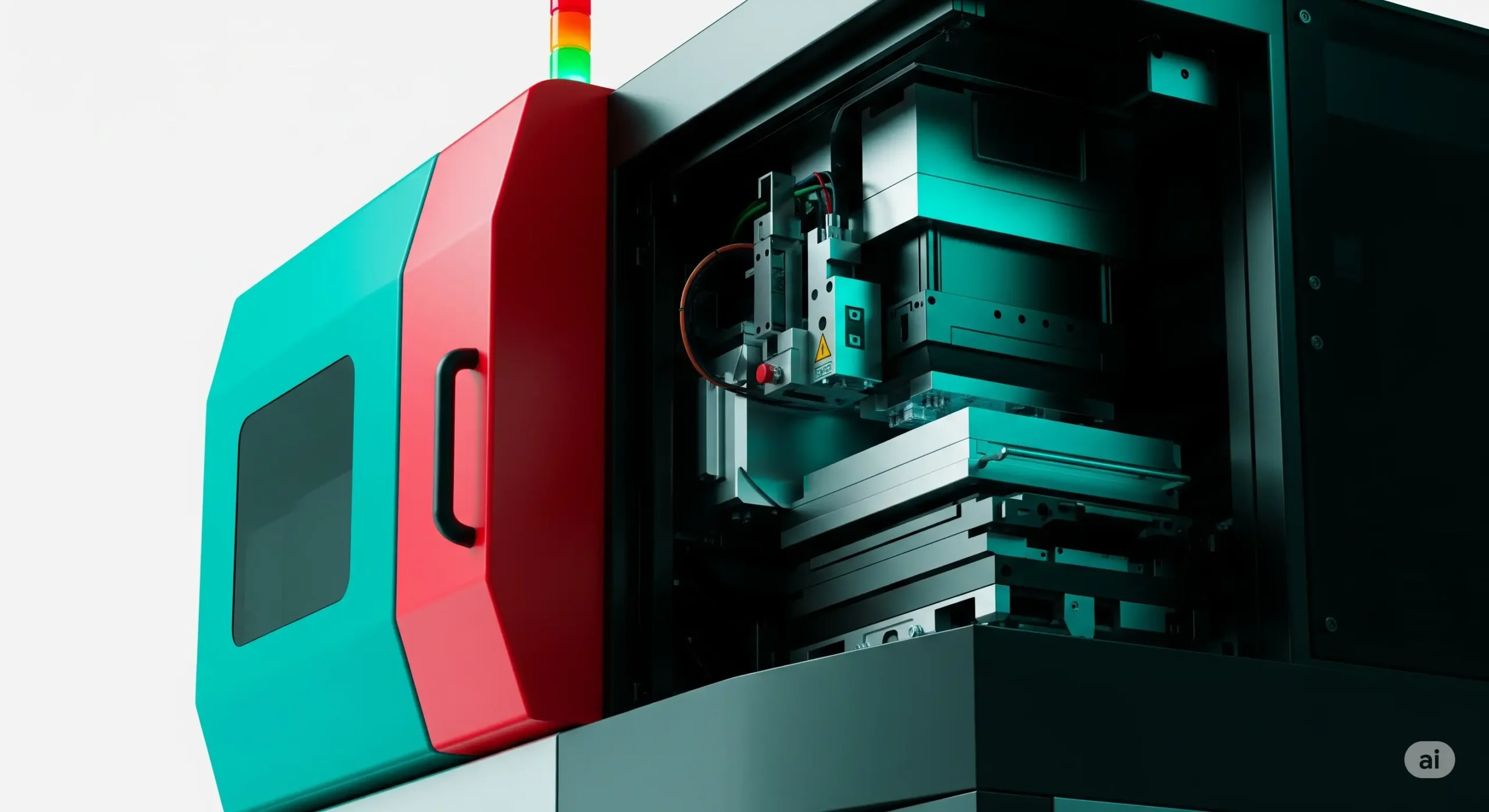A solid-state battery is an advanced type of electrochemical energy storage device that uses solid electrodes and a solid electrolyte instead of the liquid or gel electrolytes found in traditional lithium-ion batteries. These batteries are classified into several types—thin-film, bulk-type, and flexible solid-state batteries—each offering unique advantages based on use-case demands. According to Precedence Research, the solid-state battery market was valued at USD 85 million in 2023 and is projected to reach USD 963 million by 2030, reflecting a compound annual growth rate (CAGR) of 41.5%. Some forecasts suggest even more exponential growth, estimating valuations as high as USD 26.03 billion by 2034, with CAGRs exceeding 50% in emerging regions and use cases.
This meteoric growth is driven primarily by the urgent global need for safer, longer-lasting, and energy-dense battery technologies, particularly in sectors like electric vehicles (EVs), medical devices, and wearable electronics.
According to Dr. Yoshino Akira, 2019 Nobel Laureate in Chemistry and co-inventor of lithium-ion batteries, “The next revolution in energy storage will be marked by the emergence of solid-state batteries, offering superior safety and scalability across industries.”
Efficiency, safety, and lifecycle improvements are measurable through key metrics such as energy density (Wh/kg), charge cycle durability, thermal stability, and electrolyte decomposition thresholds. For example, Harvard University’s 2024 breakthrough introduced a solid-state lithium battery capable of 10,000 charge cycles, maintaining performance at high current densities—a leap in durability and output for commercial application.
In 2024, thin-film batteries led the market by type, holding a 37% market share due to their ultra-compact size, low self-discharge, and high energy-per-unit volume, making them ideal for smartwatches, hearing aids, and biomedical implants. By capacity, batteries in the 20 mAh to 500 mAh range captured 35% to 43% of market share, aligning with the surge in IoT devices, remote sensors, and microelectronic wearables.
From an application standpoint, consumer and portable electronics dominated the market in 2024, accounting for 34–38% of demand, a result of rising disposable income, urban digitalization, and growing demand for high-performance compact devices. In contrast, the EV segment is the fastest-growing, fueled by government incentives, zero-emission mandates, and OEM partnerships. Toyota, Volkswagen, and BMW are spearheading efforts to integrate solid-state batteries into next-generation EVs, with QuantumScape and Solid Power supplying scalable solutions through collaborations.
To further drive efficiency, companies should adopt advanced deposition techniques such as atomic layer deposition (ALD) and chemical vapor deposition (CVD) to improve interfacial contact and reduce dendritic growth, a primary failure mode in solid-state batteries. AI-integrated battery management systems are also essential for predicting degradation and optimizing charge-discharge profiles.
Geographically, Asia-Pacific commanded 50.1% of the market in 2023, led by China, Japan, and South Korea, where government funding, R&D capacity, and battery manufacturing infrastructure converge. China alone announced USD 830 million in solid-state battery investments in 2024. Meanwhile, North America, bolstered by startups like Factorial Inc. and Enovix, benefits from DOE grants and clean energy subsidies. Europe’s aggressive emissions policies and funding initiatives, such as the European Battery Alliance, are also catalyzing rapid adoption, especially in Germany and France.
Innovation continues to shape the market’s future. For instance, Mercedes-Benz’s Solstice battery, developed with Factorial Inc., boasts 450 Wh/kg energy density, enhancing EV range by 80%. Furthermore, the shift to sodium-based electrolytes and recyclable solid-state components reflects an industry-wide pivot toward environmental sustainability and material accessibility.

